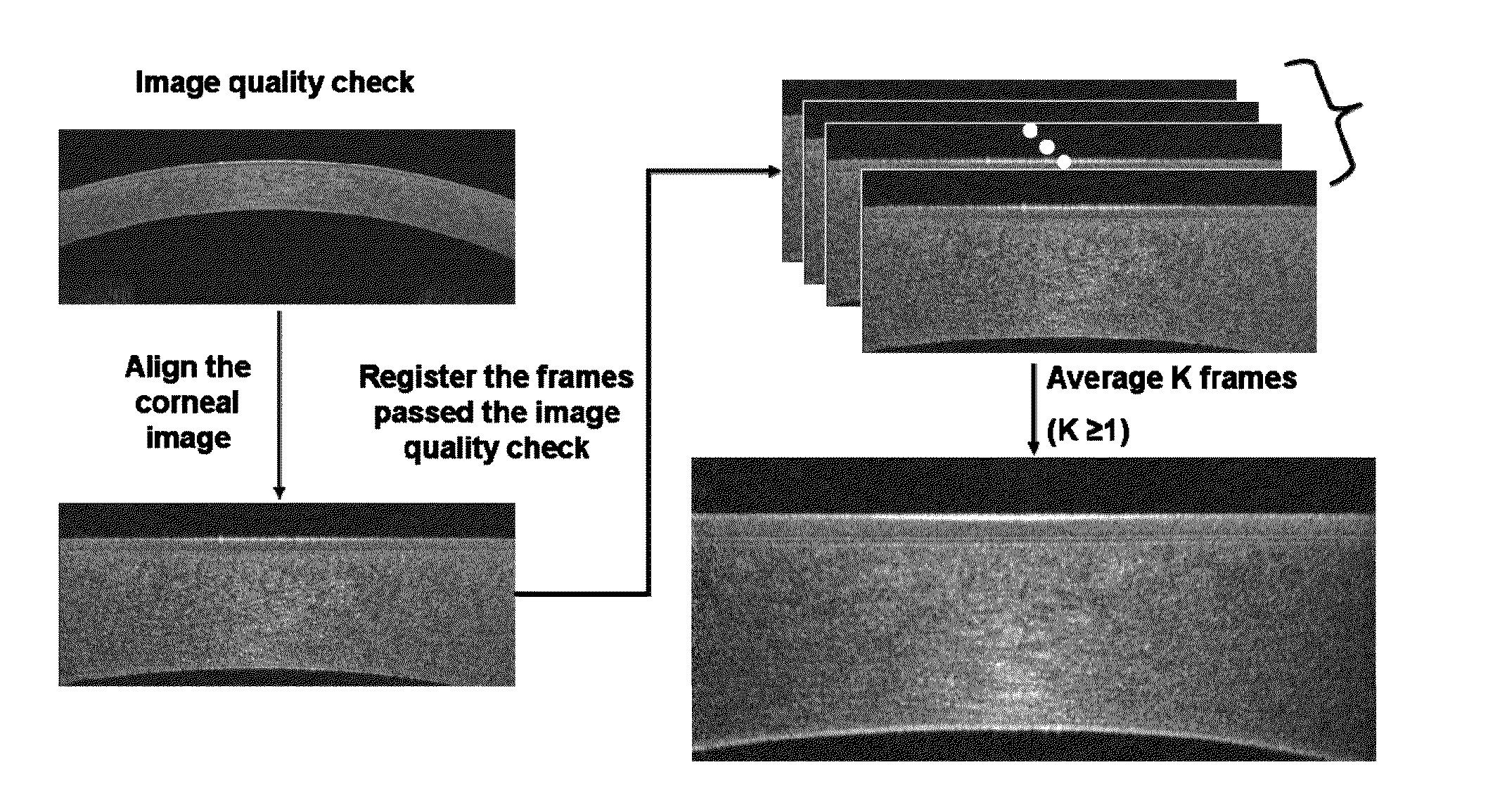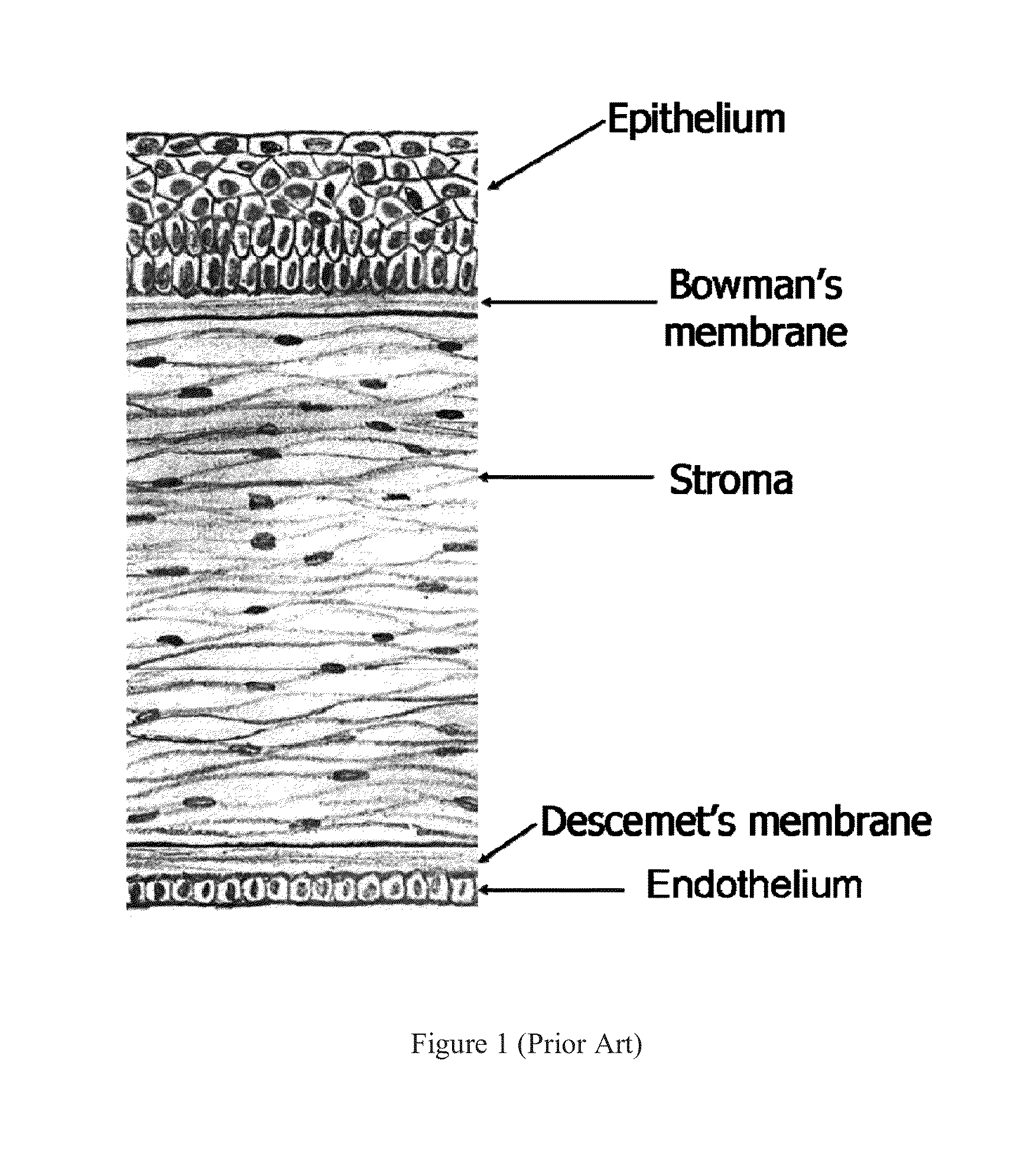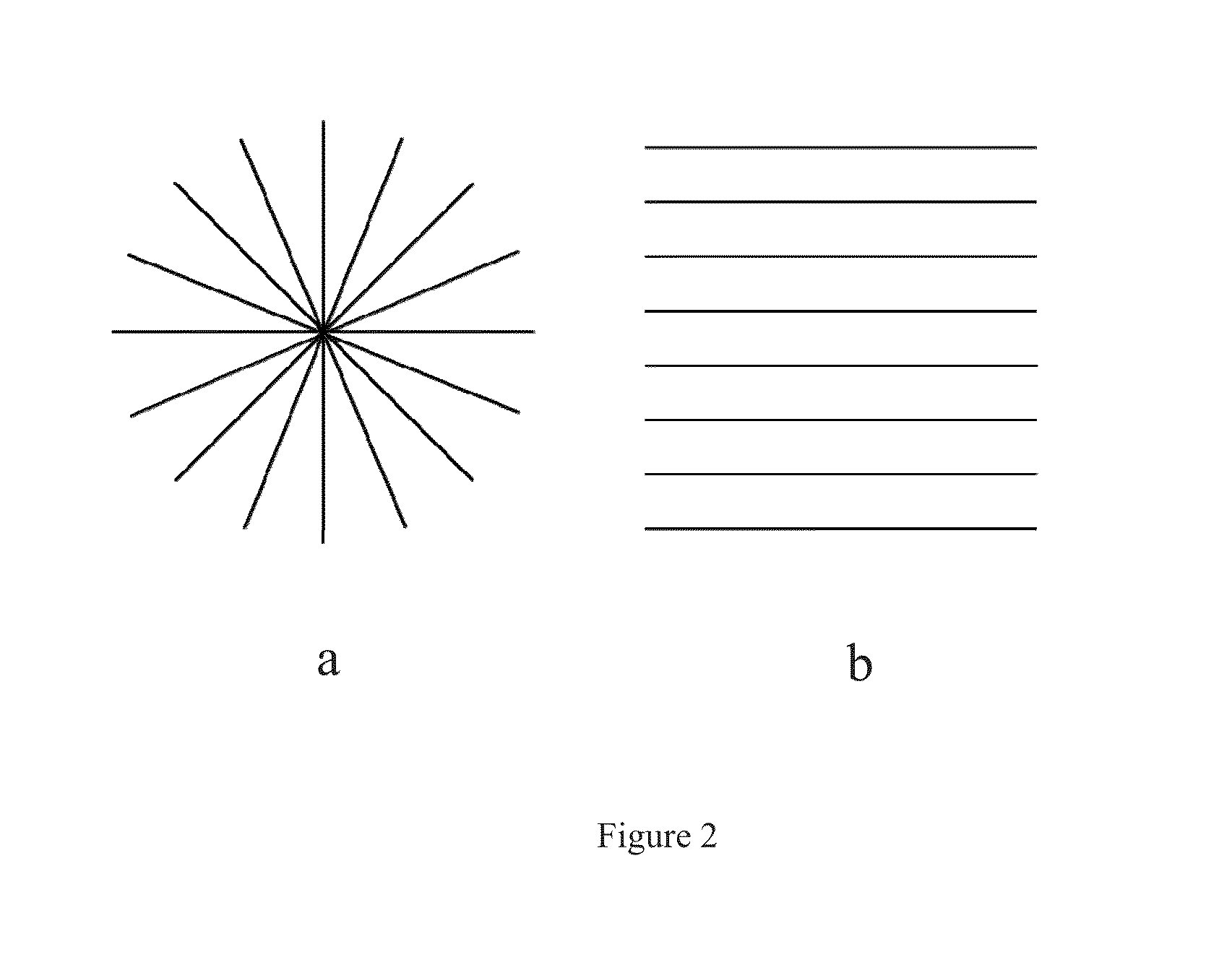Methods and Systems to Measure Corneal Epithelial Thickness and Power, Stromal Thickness, Subepithelial Corneal Power and Topography for Disease Diagnosis
a technology of epithelial thickness and power, which is applied in the field of ophthalmology, can solve problems such as unsuitable methods, and achieve the effects of enhancing image quality, sufficient data density, and reliably determining corneal epithelial and stromal properties
- Summary
- Abstract
- Description
- Claims
- Application Information
AI Technical Summary
Benefits of technology
Problems solved by technology
Method used
Image
Examples
example
[0089]Corneal Epithelial Thickness Mapping in Normal and Keratoconic Eyes with Fourier-Domain Optical Coherence Tomography
[0090]One purpose of this example is to map corneal epithelial thickness in normal and keratoconic eyes with optical coherence tomography (OCT).
[0091]Methods. A Fourier-domain OCT system with 26,000 axial-scans / second scan speed and 5 μm axial resolution was used. A pachymetry scan pattern (8 radials, 1024 axial-scans each, 6 mm diameter) centered at the pupil center was used to image the cornea, A computer algorithm was developed to generate the epithelial thickness (tear film included) map automatically.
[0092]The map was divided into 3 zones by diameter: central 2 mm, superior 2-5 mm, and inferior 2-5 mm. The average epithelial thickness from each zone was calculated. Normal and keratoconic eyes (24 eyes each) were scanned 3 times. The repeatability of the measurement was evaluated by pooled standard deviation (SD).
[0093]Results. The central, superior, and infe...
PUM
 Login to View More
Login to View More Abstract
Description
Claims
Application Information
 Login to View More
Login to View More - R&D
- Intellectual Property
- Life Sciences
- Materials
- Tech Scout
- Unparalleled Data Quality
- Higher Quality Content
- 60% Fewer Hallucinations
Browse by: Latest US Patents, China's latest patents, Technical Efficacy Thesaurus, Application Domain, Technology Topic, Popular Technical Reports.
© 2025 PatSnap. All rights reserved.Legal|Privacy policy|Modern Slavery Act Transparency Statement|Sitemap|About US| Contact US: help@patsnap.com



